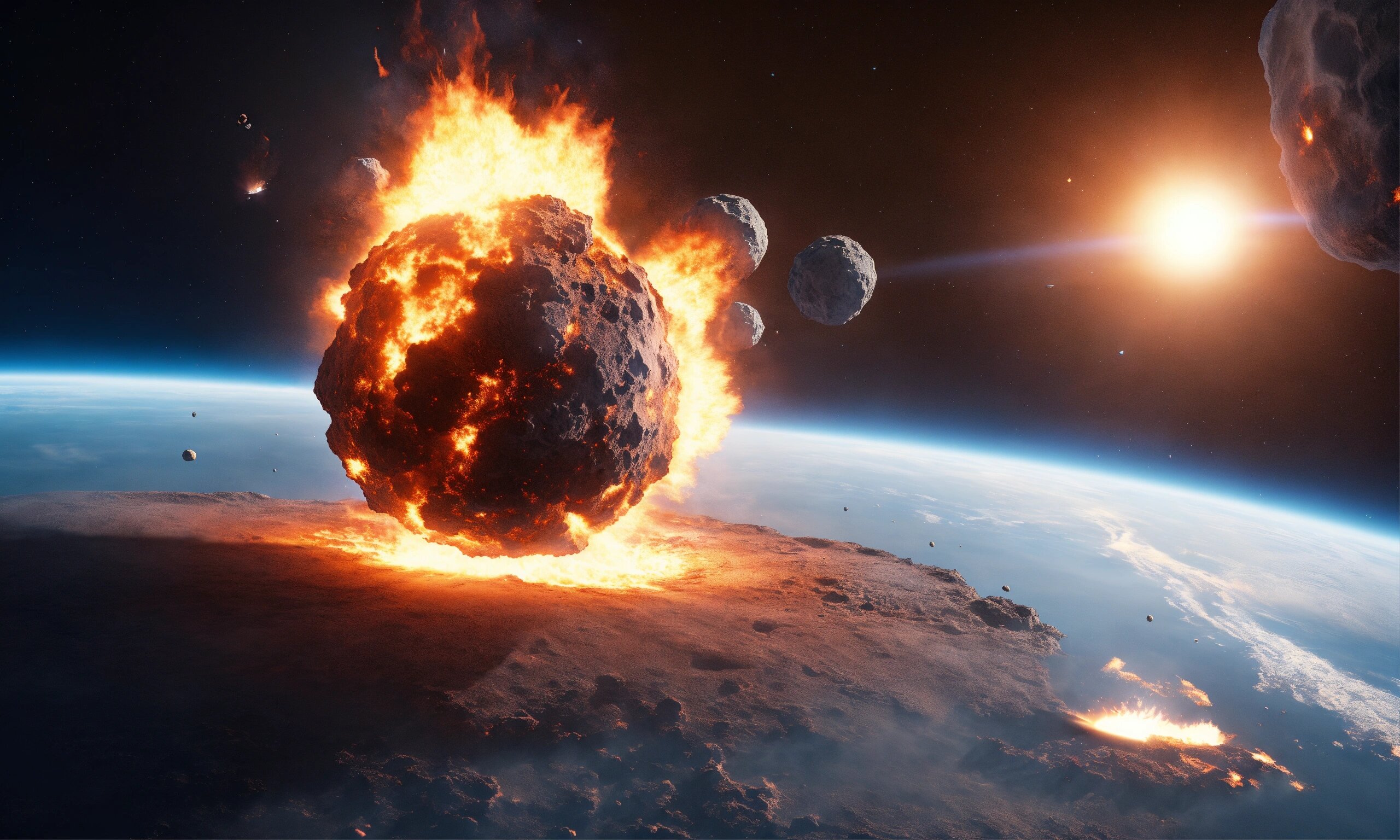Introduction
The intersection of technology and space science has revolutionized our ability to predict and prevent catastrophic events like asteroid impacts. With rumors about a potential asteroid collision in 2032, it’s time to dive into how cutting-edge technology is keeping us safe.
This article explores NASA’s tech-driven approach to asteroid detection, risk assessment, and planetary defense, ensuring you stay informed and reassured.
What Is the 2032 Asteroid Threat?
Understanding Near-Earth Objects (NEOs) Through Technology
Near-Earth Objects (NEOs) are asteroids or comets that come close to Earth’s orbit. Thanks to advancements in space telescopes and AI-powered data analysis, scientists can now track these objects with unprecedented precision.
The 2032 Asteroid: A Tech-Powered Investigation
In 2013, an asteroid named 2013 TV135 was discovered, sparking concerns about a potential 2032 impact. However, using high-resolution imaging and orbital trajectory algorithms, NASA quickly determined that the asteroid poses no threat.
Optimizing for Featured Snippets
What is the 2032 asteroid?
The 2032 asteroid, 2013 TV135, was initially thought to pose a threat to Earth. However, NASA’s advanced tracking technology has confirmed it poses no risk.
How does NASA track asteroids?
NASA uses high-tech telescopes, AI algorithms, and supercomputers to detect and monitor asteroids, ensuring early warnings and accurate risk assessments.
How NASA Uses Technology to Track Asteroids
Advanced Telescopes and Sensors
NASA employs state-of-the-art telescopes like Pan-STARRS and Catalina Sky Survey, equipped with high-sensitivity sensors, to detect even the smallest NEOs. These systems generate vast amounts of data, which are processed using machine learning algorithms to predict future paths.
The Role of AI in Asteroid Detection
Artificial Intelligence plays a crucial role in analyzing data from telescopes. AI algorithms can identify patterns and predict asteroid trajectories faster and more accurately than traditional methods, ensuring timely risk assessments.
Could an Asteroid Really Hit Earth in 2032?
Tech-Driven Risk Assessment
Using supercomputers and orbital simulation software, NASA has calculated that the probability of the 2032 asteroid hitting Earth is less than 0.0001%. This near-zero risk is a testament to the power of modern technology in planetary defense.
Why Early Predictions Evolve
Initial asteroid predictions rely on limited data. As more observations are made using advanced tools, the asteroid’s trajectory is refined, leading to more accurate and reliable forecasts.
What If an Asteroid Threatens Earth? Tech Solutions to the Rescue
NASA’s Planetary Defense Technologies
NASA is developing innovative technologies to protect Earth from potential asteroid impacts. One such breakthrough is the Double Asteroid Redirection Test (DART) mission, which successfully altered an asteroid’s trajectory in 2022 using a kinetic impactor.
Laser Deflection and Nuclear Options
Emerging technologies like laser ablation and nuclear deflection are being explored to neutralize larger threats. These methods aim to either vaporize part of the asteroid or nudge it off course using controlled explosions.
How Technology Keeps Us Safe
Early Warning Systems
NASA’s Sentinel System and NEOWISE mission provide early warnings by continuously scanning the skies for potential threats. These systems are integrated with global networks to ensure real-time data sharing.
International Collaboration Powered by Tech
NASA collaborates with global space agencies, including the European Space Agency (ESA) and Japan’s JAXA, using shared databases and advanced communication technologies to coordinate planetary defense efforts.
FAQs About the 2032 Asteroid
1. Is there really an asteroid heading for Earth in 2032?
No. NASA’s advanced tracking systems have confirmed that the asteroid 2013 TV135 poses no risk of impact in 2032.
2. How does NASA use technology to track asteroids?
NASA uses high-tech telescopes, AI algorithms, and supercomputers to detect and predict asteroid trajectories with high accuracy.
3. Can technology prevent an asteroid impact?
Yes. Technologies like kinetic impactors (DART mission), laser ablation, and nuclear deflection are being developed to alter asteroid paths.
4. What is the role of AI in planetary defense?
AI helps analyze vast amounts of data from telescopes, enabling faster and more accurate predictions of asteroid movements.
External Links
Conclusion
The 2032 asteroid scare highlights the importance of technology in safeguarding our planet. From AI-powered data analysis to groundbreaking missions like DART, NASA’s tech-driven approach ensures that we are well-prepared for any potential threats. By staying informed and supporting advancements in space technology, we can continue to protect Earth for generations to come.

